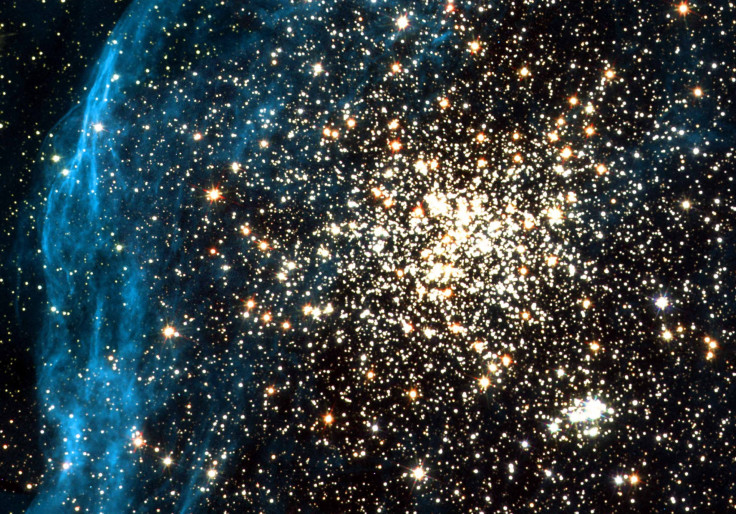Lithium Found In Nova, Exploding Star Helps Solve Stellar Mystery

Lithium has been found to be in stellar material from an exploding star, the first such detection, according to a new report published Wednesday, Discovery News reported. For decades, astronomers have sought to find the source of lithium found in young stars, and this discovery possibly solved that mystery.
The report, published in the Astrophysical Journal Letters, detailed the discovery of traces of lithium that were blasting away from an exploding star at 1.2 million miles per hour by using two telescopes in Chile, as found by Luca Izzo, from Sapienza University of Rome and ICRANet, an international organization that works on projects in science in Pescara, Italy, and his team. It was the first time that lithium has been discovered as being produced by a nova.

“It is a very important step forward,” said co-author Massimo Della Valle, of INAF–Osservatorio Astronomico di Capodimonte, Naples, and ICRANet, Discovery News reported. “If we imagine the history of the chemical evolution of the Milky Way as a big jigsaw, then lithium from novae was one of the most important and puzzling missing pieces."
The event, called a nova, in which the data was collected from, happened in December 2013 near a bright star called Beta Centauri. A nova is defined as a star that suddenly becomes thousands of times brighter and then gradually fades to its original intensity.
Scientists have long-known that novae can produce different chemical elements, but had not yet been able to detect any traces of lithium, until now. Certain models of the Big Bang theory allowed astronomers to calculate fairly accurately how much lithium should be present in the universe.
However, older stars lacked as much lithium as younger stars, indicating that there was another production mechanism of lithium besides the Big Bang in the universe. Astronomers have puzzled over this imbalance, and speculated whether the billions of novae that have exploded in the Milky Way galaxy’s history have expelled lithium during their explosion, “seeding” the universe with the element and enriching the medium in which new stars are born.
Now that traces of lithium have been found in an exploding nova, the mystery of the abundance of lithium in the galaxy might have been solved.
© Copyright IBTimes 2025. All rights reserved.






















